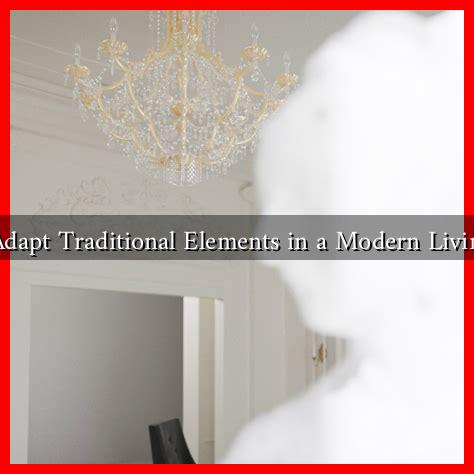-
Table of Contents
- How to Adapt Traditional Elements in a Modern Living Room
- Understanding the Essence of Traditional Design
- Strategies for Blending Traditional and Modern Elements
- 1. Choose a Focal Point
- 2. Mix and Match Furniture Styles
- 3. Incorporate Traditional Textiles
- 4. Use Color Wisely
- Case Studies: Successful Blends of Traditional and Modern Design
- Conclusion: Creating a Timeless Living Space
How to Adapt Traditional Elements in a Modern Living Room
In the world of interior design, blending traditional elements with modern aesthetics can create a unique and inviting living space. This fusion not only pays homage to the past but also enhances the functionality and style of contemporary homes. In this article, we will explore effective strategies for incorporating traditional elements into a modern living room, ensuring a harmonious balance that reflects both history and modernity.
Understanding the Essence of Traditional Design
Traditional design is characterized by its rich history, intricate details, and classic forms. It often includes elements such as ornate furniture, rich fabrics, and historical color palettes. To successfully adapt these elements into a modern living room, it’s essential to understand their core characteristics:
- Materials: Traditional designs often utilize natural materials like wood, stone, and metal.
- Patterns: Floral, damask, and paisley patterns are common in traditional textiles.
- Color Schemes: Deep, warm colors are prevalent, often complemented by neutral tones.
- Furniture Styles: Classic furniture pieces, such as wingback chairs and carved wooden tables, are hallmarks of traditional design.
Strategies for Blending Traditional and Modern Elements
Successfully merging traditional elements into a modern living room requires thoughtful planning and execution. Here are some strategies to consider:
1. Choose a Focal Point
Establishing a focal point can help anchor the room and create a cohesive look. Consider using a traditional fireplace or a vintage piece of art as the centerpiece. This can set the tone for the rest of the decor.
2. Mix and Match Furniture Styles
Combining modern furniture with traditional pieces can create an eclectic yet harmonious environment. For example:
- Pair a sleek, contemporary sofa with a vintage coffee table.
- Use modern accent chairs alongside traditional side tables.
This juxtaposition can add depth and interest to your living room.
3. Incorporate Traditional Textiles
Textiles play a crucial role in defining the atmosphere of a room. Consider using traditional fabrics such as:
- Wool or silk throw blankets for warmth.
- Patterned cushions that echo traditional designs.
- Area rugs with classic motifs to ground the space.
These elements can soften the modern lines and add a touch of history.
4. Use Color Wisely
Color can significantly influence the mood of a room. To blend traditional and modern styles, consider a balanced color palette that incorporates:
- Neutral tones as a base (e.g., whites, grays, and beiges).
- Accent colors inspired by traditional palettes (e.g., deep reds, greens, or blues).
This approach allows for a modern feel while still honoring traditional aesthetics.
Case Studies: Successful Blends of Traditional and Modern Design
Several designers have successfully merged traditional and modern elements in their projects. For instance, the renowned interior designer Kelly Wearstler often incorporates vintage pieces into her modern designs, creating spaces that feel both timeless and contemporary. Her work exemplifies how traditional elements can enhance modern living without overwhelming it.
Another example is the use of traditional crown molding in modern homes. This architectural detail adds elegance and character, bridging the gap between old and new.
Conclusion: Creating a Timeless Living Space
Adapting traditional elements in a modern living room is not just about aesthetics; it’s about creating a space that tells a story. By thoughtfully selecting and blending various elements, you can achieve a harmonious balance that respects the past while embracing the present. Remember to focus on:
- Establishing a focal point.
- Mixing furniture styles.
- Incorporating traditional textiles.
- Using color wisely.
With these strategies, your living room can become a reflection of your personal style, combining the best of both worlds. For more inspiration on blending styles, check out resources like Architectural Digest.

